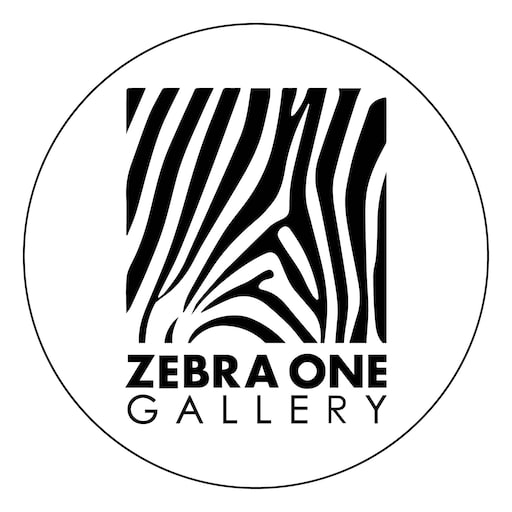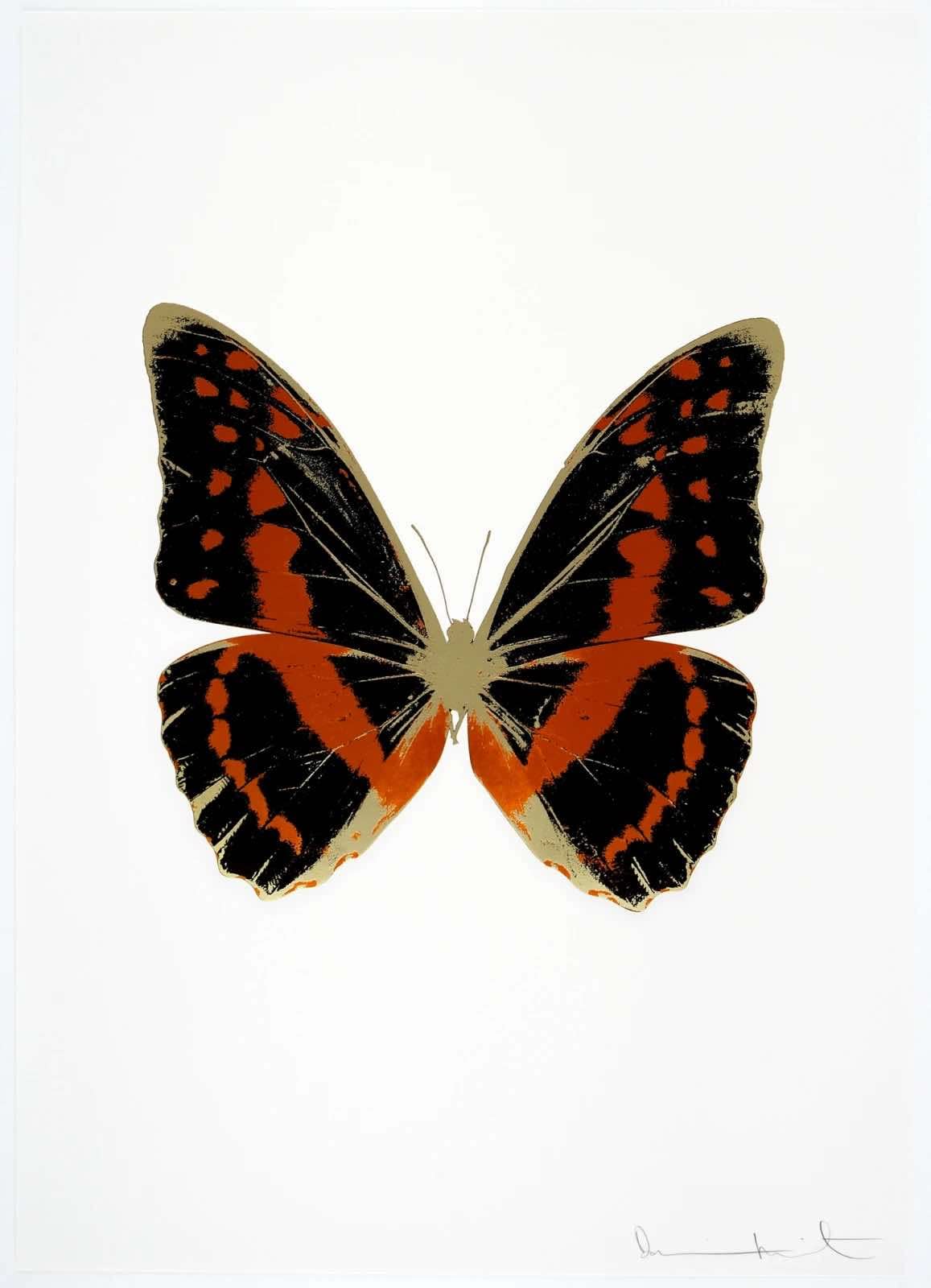Damien Hirst
28 3/8 x 20 1/8 in
mortality and spirituality, he has selected a more delicate, aesthetically pretty subject than those of his most famous pieces. Here, the iconic artist speaks to Dazed Digital about the significance of butterflies, the enigmatic author Nabokov’s fascination with the creatures, and Francis Bacon’s characteristic 'brutality' of style.
Dazed Digital: Why are butterflies significant to you?
Damien Hirst: Becasue they can be seen as otherworldly images, almost a counterpoint to The Dead, which was the last portfolio of prints I worked on – they had a very different feel that was more foreboding and earthly.
DD: The aesthetic beauty of a butterfly makes it a less ominous symbol of mortality than a skull or an animal carcass. Would it be fair to say this is a more optimistic way of representing mortality?
Damien Hirst: Butterfly or skull, flower or animal carcass... I don't think there is much difference in the end. Funnily enough, I was listening to a Francis Bacon interview the other day and he was trying to answer a similar question about the brutality of his subject and why he didn't paint flowers and such. His reply was that the same fragile mortality is being played out in a flower wilting as it is in a carcass rotting, and he went on to juxtapose a woman in a beautiful fur coat choosing meat in a butcher's shop.
DD: It’s amazing how many artists and writers have taken an interest in these delicate creatures. Nabokov was fascinated by butterflies. What is it about butterflies that attracts and inspires people like him?
Damien Hirst: it's partly the draw of their innocent beauty I suppose. The fleeting nature of the butterfly’s life and the delicate beauty they so effortlessly display as they flutter about. Maybe Nabokov's interest is to some extent reflected in the young girl in Lolita. She's a woman at the exact point where youth meets the ravages of decay – she's at the very cusp of beauty, before it gives way to the slow journey towards death. The butterfly may represent that moment. After all, they are killed and mounted in display cases forever.
DD: Butterflies look the same when they’re dead as they do when they are alive – a butterfly could look dead but you feel almost as if it could suddenly fly away. Is that an aspect that is significant here?
Damien Hirst: No, but isn't it scary when something like that happens in horror movies? Maybe the stillness found in my formaldehyde pieces have that quality – a strange sense of limbo, something that's neither alive nor dead.
DD: The sheer number of pieces here, and the way they are presented, implies that the exhibition should be appreciated as if it were an installation...
Damien Hirst: It was clear during the making of these prints that presenting it like this would have the power to 'wow' the viewer in the space, and I liked that.
DD: Could you explain a little about the techniques involved in foil blocking on paper?
Damien Hirst: The technique of foil blocking is used widely in the packaging industry – toothpaste, greetings cards, even money employ the technique. We've managed to refine the technique and apply it to the disciplines of fine art printing. It’s been great and the team we've worked with have stretched the limits of the process to make some of my most successful prints to date. I love print and this is a new way for me to work, the shimmering surface of the foils have both an elusive and 'pop'-like quality.

